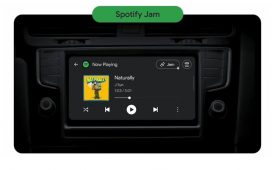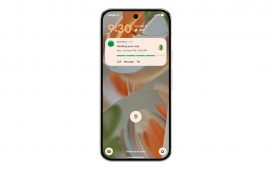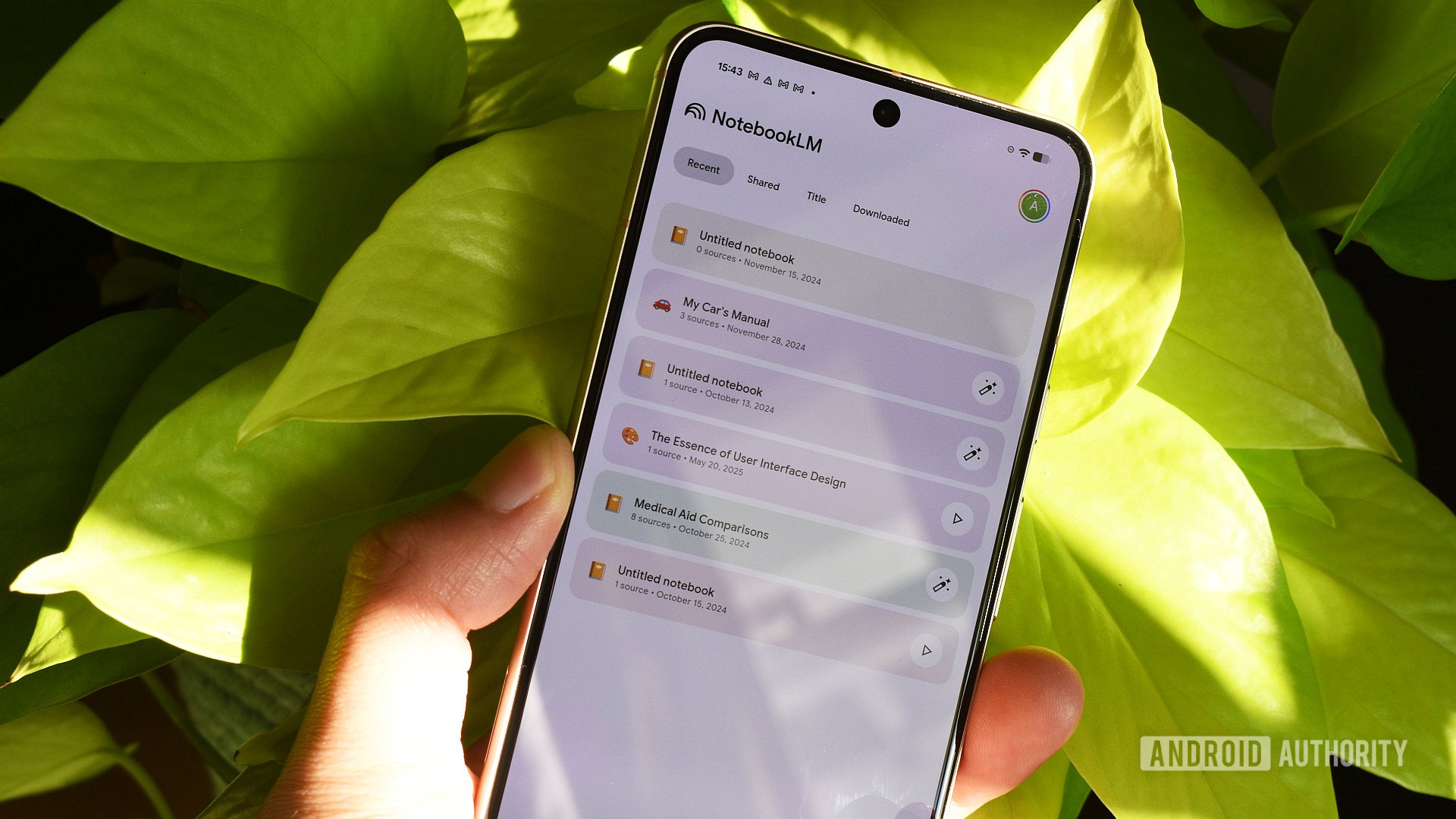
Andy Walker / Android Authority
There are a few AI tools that I find genuinely useful, and NotebookLM is absolutely one of them. If you’re unfamiliar with Google’s unsung AI hero, consider it similar to ChatGPT, except you control which sources it draws information from. It’s a brilliant concept that I’ve used in numerous ways since its debut several years ago. It’s helped me comb through insurance quotes, compare legalese-infected medical plans, and it has even become my quick-reference car manual. However, for all its positives, its biggest loss was its lack of an Android app.
Sure, this was an annoying reality, but it didn’t hinder the NotebookLM experience for me. I used workarounds to access it from my phone reliably, but I believed an official app would presumably have its advantages. Surely, it would be better integrated with other Google products, allow me to view all of what NotebookLM offers on the web, and make people aware of its existence. All good things, right? So, when Google teased and then launched the NotebookLM Android app earlier this month, I was expecting big things. Well, I’m now upset that I let my hopes up.
What do you think about the NotebookLM app?
1 votes
Forget the Android app, stick to the web interface for now
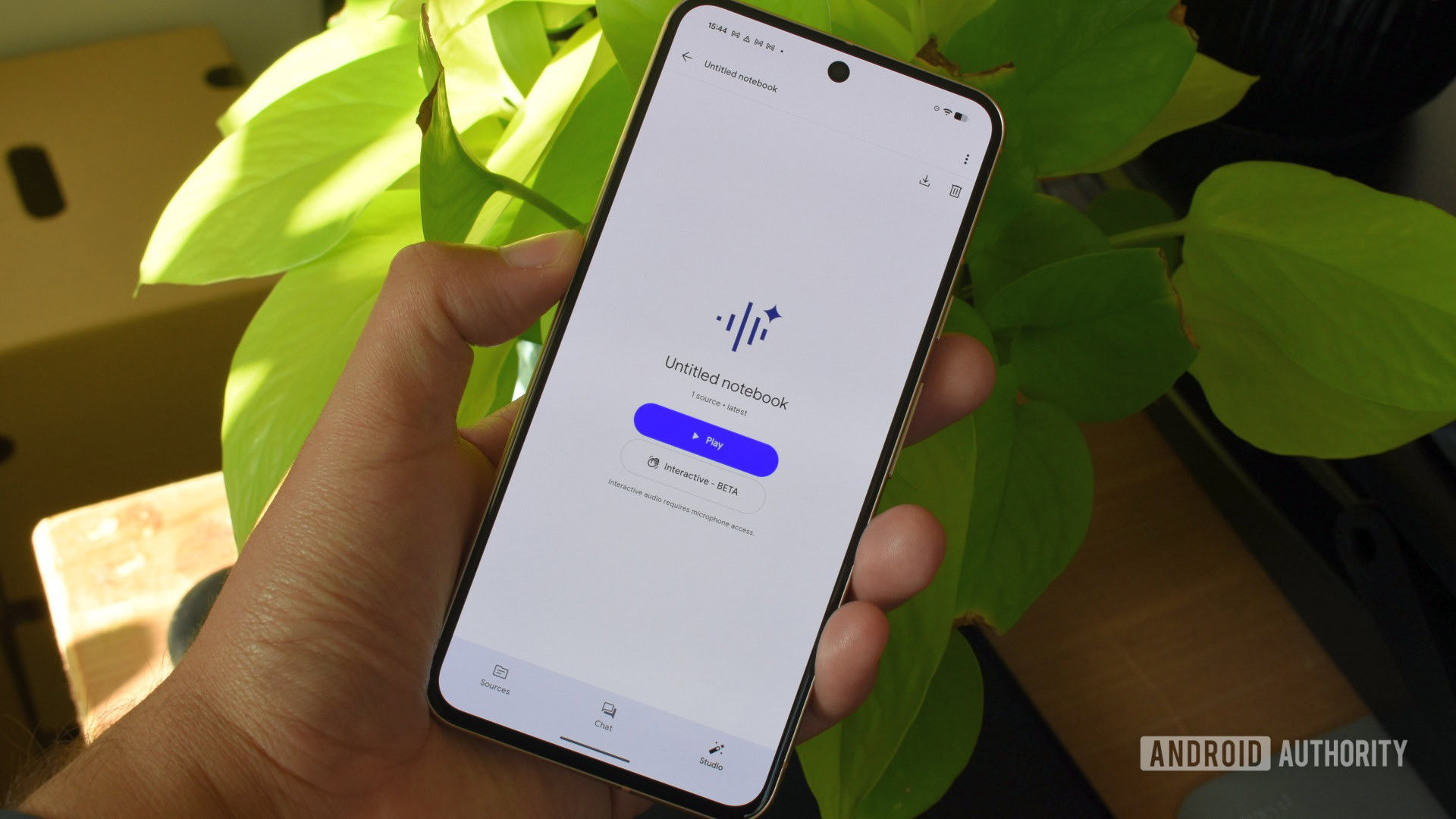
Andy Walker / Android Authority
To give the NotebookLM Android app its due, it’s functional. Animations are smooth, menus are logically placed, and it’s a reasonably attractive environment. I can quickly switch between Google accounts to access my notebooks, add sources from my phone, and even create Audio Overviews as you would on the full-fat web experience. However, these are the bare minimum expectations for an app published by Google.
When I use NotebookLM’s web interface on my phone via a Chrome shortcut (my preferred workaround, although there are others), I can access every single one of the product’s free features. Nothing is left out. The app, however, has some glaring omissions.
Google puts the AI smarts of NotebookLM at the forefront of its app experience.
Google puts the AI smarts of NotebookLM at the forefront of its app experience. You’re just one tap away from creating an Audio Overview for any notebook on your account. Look, I think Audio Overviews is a pretty cool feature, and I would’ve loved to have it as a study tool in college. It presents two AI podcast hosts in an eerily realistic and natural conversation about the core topic included in your notebook. The Interactive feature is also perfect for mobile, allowing me to converse with the two hosts and ask questions. But while it’s all very smart, this feature isn’t why I use NotebookLM.
I wouldn’t have an issue with Google pushing these features to the surface if it didn’t neglect NotebookLM’s more practical facets. For instance, I rely on its note creation section. As I mentioned earlier, I keep a notebook with all my car-related information, including its user manual, brochure, and any documents that may be related to it somehow. But I also use the Add note feature within the Studio tab to include details I want to remember.
Say I hit the curb recently, hear a rattle from the transmission, am planning a road trip and require a particular item of maintenance, or filled up at a specific gas station. I may want to recall those details, so I’ll record those in a note (or notes) and convert them into a source. However, the app completely lacks this functionality. Yes, it has a Studio tab, but my notes are nowhere to be found.
I wouldn’t have an issue with Google pushing these features if it didn’t neglect NotebookLM’s more practical facets, like notes.
Note-taking is a common feature on modern smartphone apps, and I’d expect a Google app released in 2025 to offer it. Given the lack of space on a smartphone screen, I can understand why the Mind map feature wasn’t included, but Google has no excuse for omitting notes from NotebookLM.
The NotebookLM app also makes content discovery far more tedious, as it lacks the handy Discover option. Click this button on the web, and it’ll open up a box letting you submit queries on a given topic. The tool then finds related sources on the web, which you can add to existing or new notebooks. It even had an I’m feeling curious option if you decided that today you’d learn about something out of your immediate scope. Unfortunately, the app misses out here, too. This would be a great complementary feature to Audio Overviews, so its disappearance is truly puzzling.
The Android app lacks the source discovery feature, which makes creating topical Audio Overviews easier and more fun.
As for Audio Overviews, the feature’s processing time feels far slower on the mobile app than via the web interface. It spent a good ten minutes converting a Wikipedia page about user interface design into a podcast on the app, and less than five on a far chunkier, jargon-filled car manual when prompted on my desktop. The former produced a 15-minute audio file, while the latter extended to 35 minutes. Why is the app so much slower?
I have other visual pet peeves that are perhaps borderline pedantic, but they don’t really affect the app’s functionality. Others have highlighted the inability to switch languages, which polyglots use daily on multiple other Google apps.
It’s a timid start, but NotebookLM on Android has plenty of room to grow
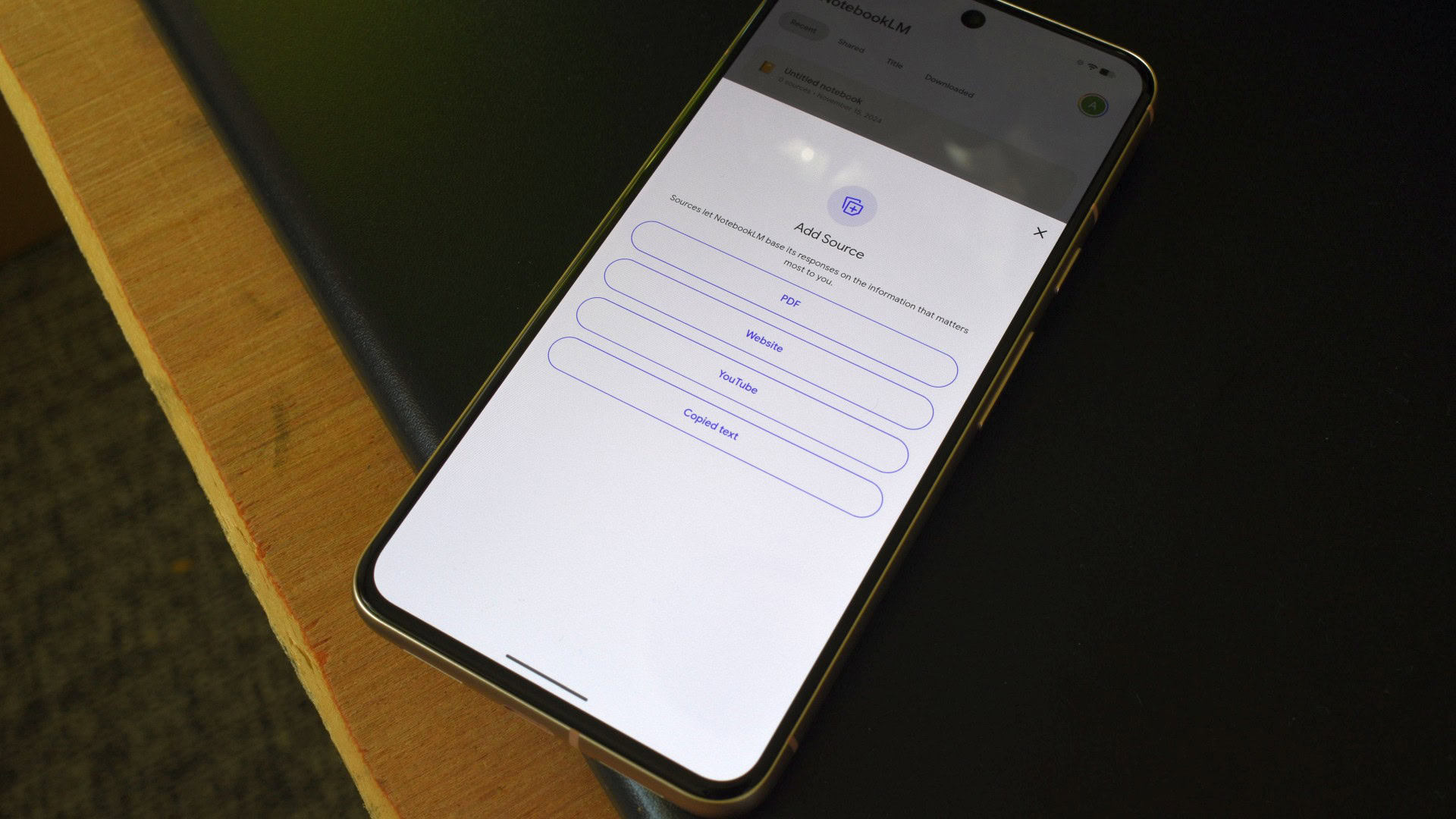
Andy Walker / Android Authority
You can probably tell that I’m really disappointed by the NotebookLM app. I was ready to finally ditch my silly Chrome shortcut workaround for a sleek, modern app with all the bells and whistles of the full experience. Instead, I found an app that only included the flashiest features to draw the eye (and ear).
Look, at least the only way is up from here, right? I do hope there’s a technical reason notes were left out of the Studio tab and that Google’s planning to integrate its source discovery feature at some point in the future. But considering an even more flamboyant feature in Video Overviews is about to land on the web experience, I fear that it may land on the app sooner than the practical features it so dearly needs.


